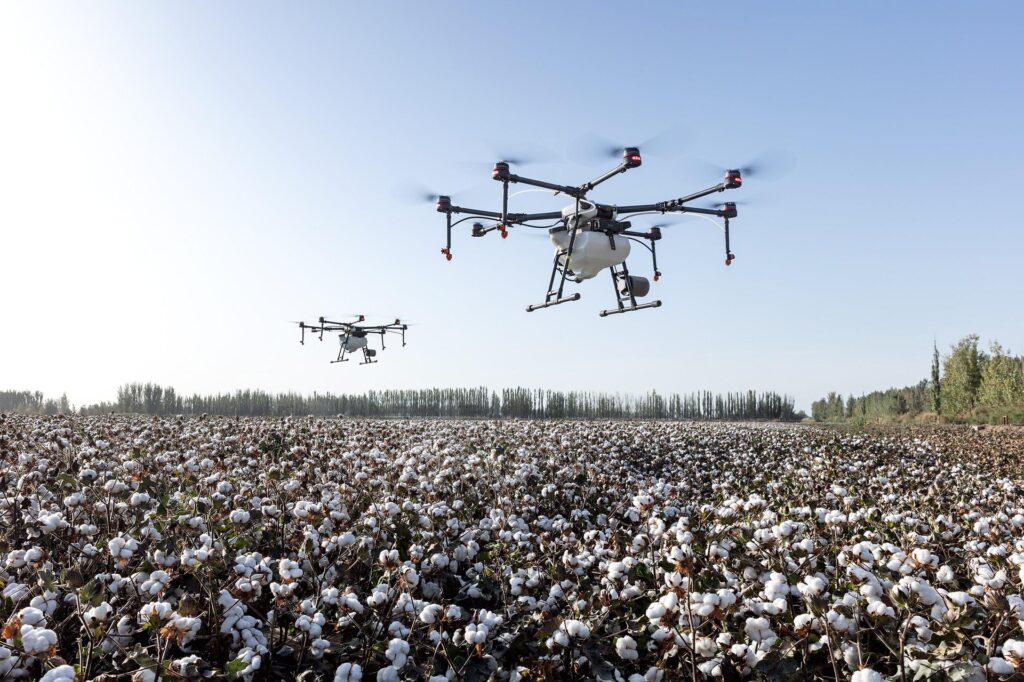A recent article on the New York Times website reports on a new drone swarm algorithm that was developed to avoid crashing into trees. This is an example of how AI-powered software can actually make things much easier for you!
Drone Swarm Uses New Algorithm to Avoid Crashing in Forest
The drone swarm has been a topic of debate for quite some time now. The debate centers around whether or not these unmanned aerial vehicles are responsible for disrupting the natural environment and causing harm to both people and wildlife. Some people believe that these drones present a threat to public safety, while others argue that they can be used to collect data and monitor activities in an area. A new algorithm has been introduced specifically designed to avoid crashing in forests. The algorithm was developed by researchers at ETH Zurich in Switzerland, and it uses a three-dimensional map of the forest to identify potential areas of collision. The algorithm is said to be more accurate than current methods, and it can be used to control the drone swarm in real time. This new algorithm is said to improve the safety of the drone swarm, but it is still unclear whether or not it will actually be used in practice. It is possible that other methods will be more effective, and the use of drones in forests will continue to be controversial for a long time to come.
Algorithms Used in the Swarm
Drones flying in swarms are becoming a common sight, but they are not without their risks. A new algorithm has been developed to help drones avoid crashing into trees and other objects in forests. The algorithm was developed by researchers at the University of Illinois at Urbana-Champaign as part of a project funded by the National Science Foundation. It uses data from multiple drones to create a 3D map of the environment around them. The algorithm is currently being tested on a small scale, but it could be used in future versions of drone swarms to improve safety.
What Does it Mean for Drones?
The article discusses how a new algorithm has been used by drone swarm operators to avoid crashing into trees in forests. This algorithm is said to be more efficient and accurate than previous ones, meaning that fewer drones will collide with trees and suffer damage or loss of control. This could potentially improve the safety of drone swarm operations and help to protect the environment.
Conclusion
Drone swarm technology is growing increasingly popular these days, as it offers a number of benefits over traditional aerial photography. However, the new algorithm being used by drone swarm company Airdrone to avoid crashing in forests could be the breakthrough that takes the technology to the next level. The new algorithm uses a combination of GPS and artificial intelligence to determine where pilots should fly their drones, avoiding areas where there are high concentrations of trees or other objects. This could revolutionize how aerial photographs are taken, making them easier to interpret and offering a more realistic view of what is happening on the ground.


